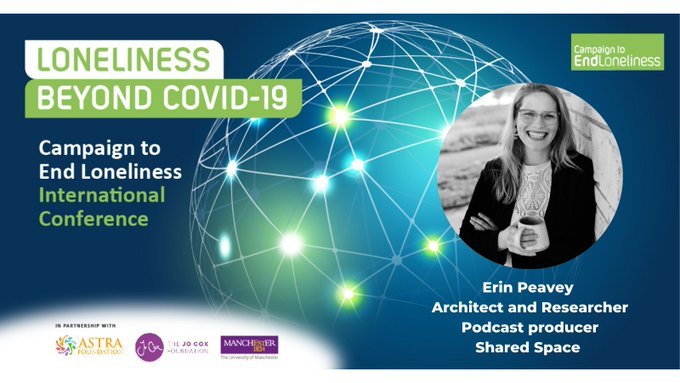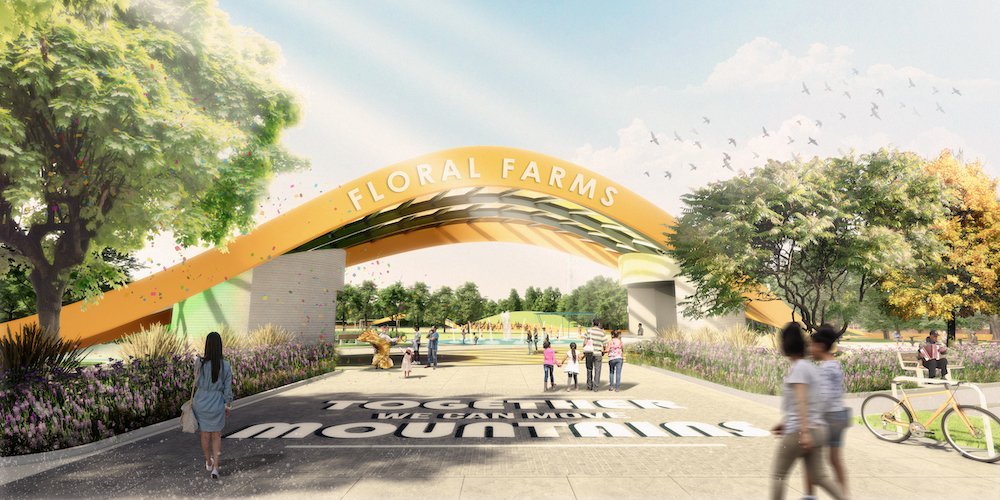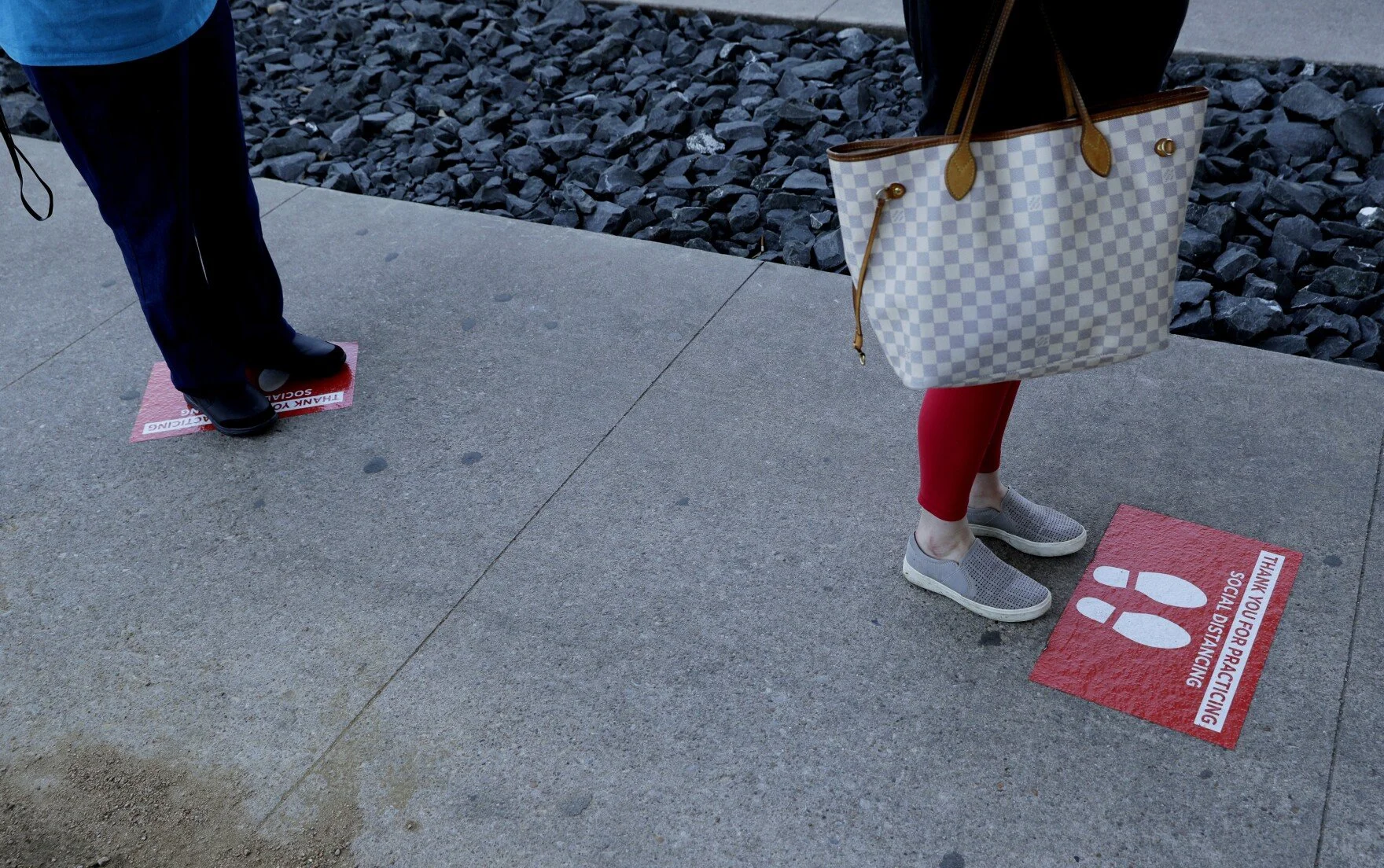Featured News
-

National Geographic - How to design a city to improve your mental health - according to science
Discover how innovative urban design can boost mental well-being in cities. This featured article explores science-backed strategies for creating environments that support emotional health, from integrating nature to fostering social connection, and highlights the challenges and opportunities in building healthier urban spaces.
-

Psychology Today - How to Design for Solitude
Find calm in a busy world. This featured article by Erin Peavey explores how thoughtful design can create spaces for true solitude-whether at home, in nature, or at work. Discover practical strategies and inspiring examples that show how architecture can nurture reflection, creativity, and well-being for everyone seeking a restorative pause from daily life.
-

Erin Peavey Honored as 2024 AIA Young Architect
Erin Peavey, AIA, has been honored with the 2024 AIA Young Architects Award, recognizing her national leadership in advancing design for health, well-being, and social connection. As an architect, author, and advocate, Erin bridges research and practice to create environments that help people thrive-from hospitals and schools to city neighborhoods. Her innovative work, mentorship, and public outreach are inspiring a new generation to see architecture as a catalyst for healing and community.
How to Design for Solitude
The traits of extraversion—gregariousness and comfort with the spotlight—are often seen as synonymous with leadership, confidence, ability, and likability—especially in the United States. Author Susan Cain coined the term "extrovert ideal" to describe this well-researched preference of people in Western societies.
But where does that leave introverts or ambiverts?
How to Design Spaces for Human Connection
The built environment has a role in combating social isolation and loneliness and in fostering connection.
Interconnected physical spaces shape our cities and communities, from homes, to streets, parks, and more.
Social connectedness can be boosted via design, planning, and policy, and across stakeholders.
6 Ways to Design for Social Connection
Where we live, work, play, and learn impacts our social health and how connected we are as a society
As cities invest in infrastructure, design for social and community well-being benefits everyone
Design guidelines for social health can be created with PANACHe
America's broken housing market is making millennials and Gen Z lonelier
"We need to think beyond just the individual," Julianne Holt-Lunstad, a professor of psychology and neuroscience at Brigham Young University and a leading loneliness researcher, told Insider. "We often neglect the built environment."
John Oliver Features Project
John Oliver discusses environmental racism, how both government and industry are failing people of color, and pandas. Featuring the Floral Farms community, where Shingle Mountain once stood 6 stories high.
Fast Company World Changing Ideas!
Park for Floral Farms won honorable mention in the general excellence category of Fast Company’s World Changing Ideas Awards honors the broadest ideas, whether they’re new government policies, new business models, or entirely new consumer categories. Anything that has the potential to effect true systems change or solve wicked problems.
Campaign to End Loneliness: Beyond COVID-19
How does where we live impact on how we experience loneliness and what can we as policymakers, researchers, and practitioners do about it. This session which includes speakers with experience from around the world, will look at what interventions can really make a difference in reducing the impact of where we live on our levels of loneliness.
Hope Comes to Floral Farms: Visions of a Park Where Shingle Mountain Once
“Peavey says she hopes the park project channels some of what made the neighborhood great and provides a place for the residents to be together. That’s where the idea for the community garden came from. The community was also desperate for a soccer field; HKS hopes it will attract teams from across the city while giving the neighborhood somewhere local to play. The second phase of the park will include an equine therapy center, using an existing building on the property.”
Connect + Cities: Foundation for Social Connection and Social Health Labs
Join us for the third event in the Connect+Conversations series! This session will focus on how the places where we live, work, and play influence our social relationships.
We will explore the latest research, recommendations, and real-world examples of designing the built environment and neighborhoods to reduce loneliness and strengthen communities.
You will hear from experts in this space and have the opportunity to engage with people across the US and globally. Join the conversation if you are interested in learning and discussing:
What features of the built environment contribute to social health
How urban vs. rural communities help or hinder social connection
Why design and programming must go hand-in-hand
And more!
Psychology Today: Designing for Happiness
Loneliness and social isolation are threatening millions of people; however, increasing connection can reduce risk.
The places we live can exacerbate our sense of isolation and loneliness.
Concrete design strategies—like universal accessibility, incorporation of nature, and shared spaces—can foster social health.
After Social Distancing, This Dallas Architect Is Hoping For A 'Renaissance Of Connection'
“As Peavey and her family adjust to social distancing, their front porch has become a gateway for connection. Peavey, a licensed architect and vice president at the Dallas-based firm HKS, recently published a report around this idea, looking at how the built environment can shape social well-being.”









